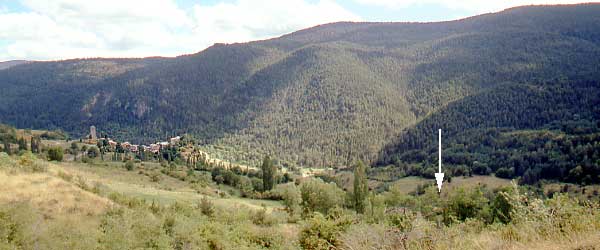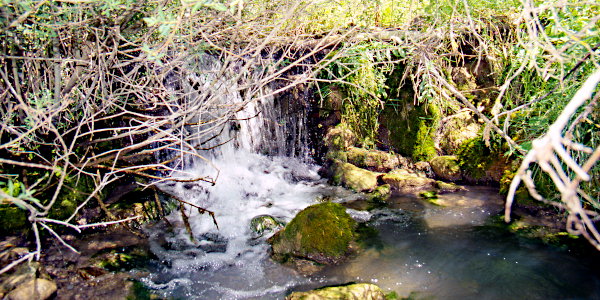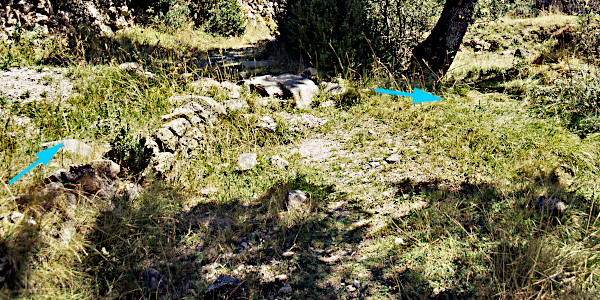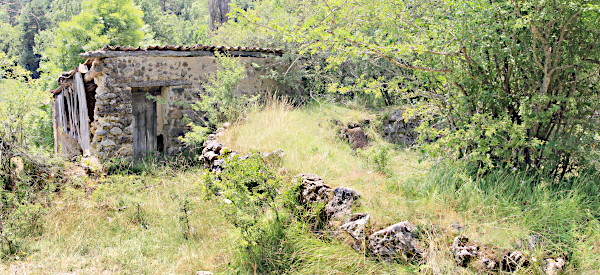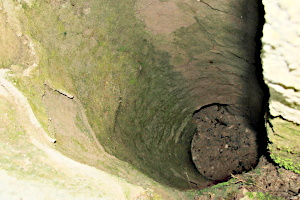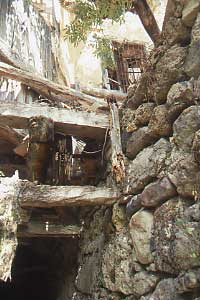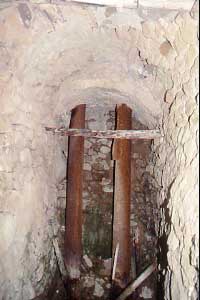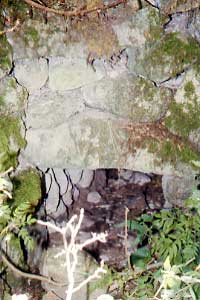Path: Introduction -
Visit the mills; catalogue - Espés bajo

Mills in Alto Aragón - harinero, central eléctrica
Espés bajo

Espés bajo nowadays is easily reached from the
main road between and .
Coming from Castejón you'll
first have to negotiate the Collado de Fades (almost 1500 m) and then look out for the branch
towards and Espés. Do not enter the village of Espés bajo, but instead
take the road down into the valley. At some point the GR crosses the road. Follow this markings to
the west and you will soon arrive at the mill. In the likely case that you miss the GR drive the narrow
road down to the river crossing. You can now walk along the river against the current and will
soon find the mill. The mill taps water from the .
Pictures: 16.viii.2007, 29.vii.2020
